When it comes to Earth’s history, certain events stand out for their more profound impact on the development of life. One of these events occurred over a billion years ago; the merging of a marine bacteria with an algae host, eventually giving rise to plant life. Remarkably, scientists have now observed a similar event, one that has happened only a few times in the history of life on Earth. This discovery could have significant implications for our understanding of biological evolution and future agricultural innovations.
The Historic Event
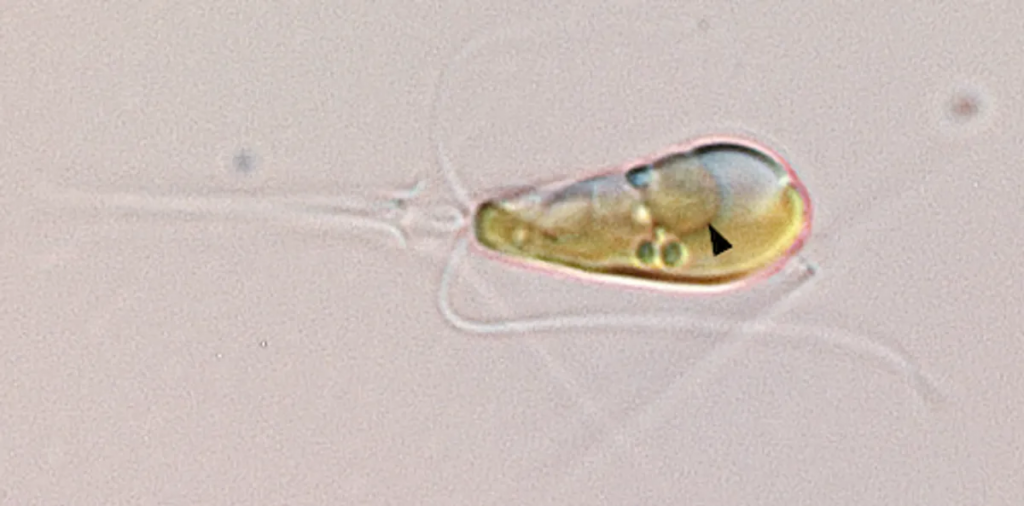
The original event involved a marine bacterium being absorbed by an algal host. This process, known as endosymbiosis, resulted in the bacterium evolving into an organelle within the host cell. Organelles are specialized structures within cells that perform distinct functions, much like organs in a body. The first time this event occurred, it gave rise to mitochondria, the powerhouse of the cell. The second time, it resulted in chloroplasts, enabling the development of plant life by facilitating photosynthesis.1
Read More: This is Why We Need Wildlife Crossings
The Modern Observation
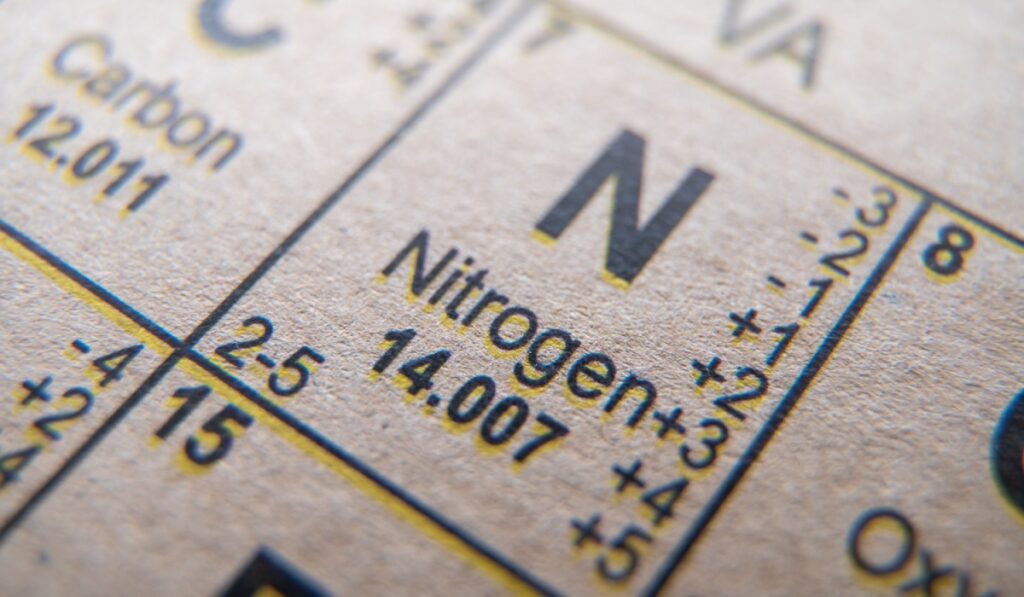
Recently, scientists have documented a similar event. A marine bacterium has been subsumed by an algal host and has co-evolved to become an organelle within the host cell. This newly formed organelle, now referred to as a “nitroplast,” is capable of fixing nitrogen, a critical process for plant life. Nitrogen fixation converts atmospheric nitrogen into forms that can be used by living organisms, essential for creating compounds like amino acids and nucleotides.2
Dr. Tyler Coale, the first author of one of the recent papers on this discovery, highlighted just how often such events take place: “It’s very rare that organelles arise from these types of things”. This new nitroplast is significant because it marks only the third known instance of such a transformation, with profound implications for our understanding of cellular evolution and potential agricultural applications.
How Nitrogen Fixation Works
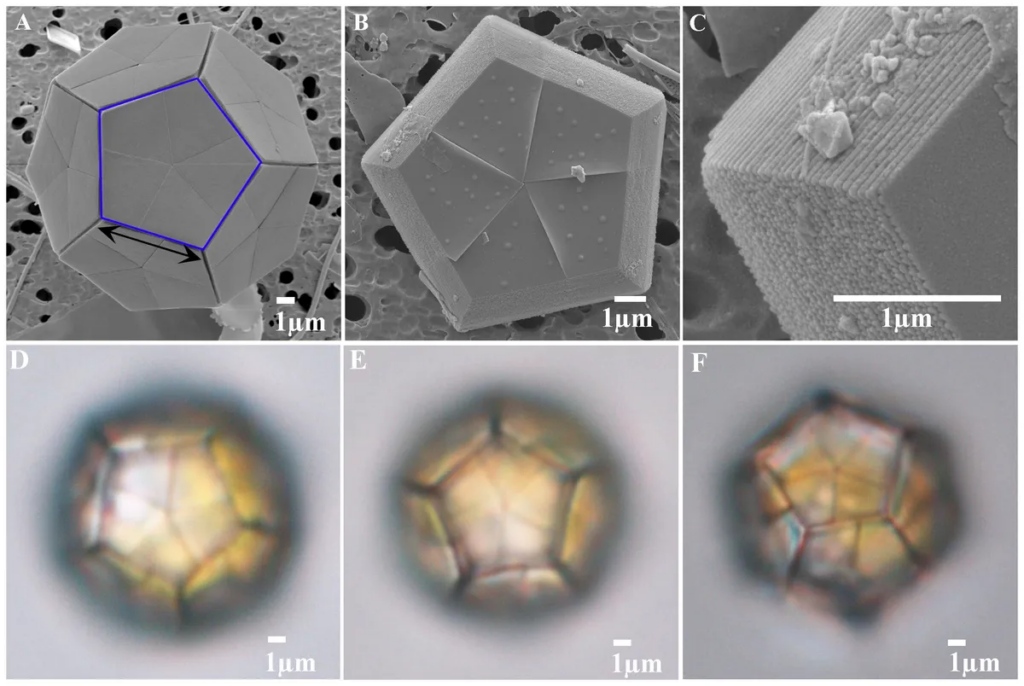
Nitrogen fixation is a crucial process for sustaining plant life on Earth. It involves the conversion of nitrogen gas from the atmosphere into ammonia, which can then be used to synthesize vital organic molecules. The bacterium involved in this modern event, named UCYN-A, was discovered by Professor Jonathan Zehr and his team at UC Santa Cruz. UCYN-A has the unique ability to fix nitrogen, and over time, it has formed a symbiotic relationship with its algal host, Braarudosphaera bigelowii.3
The significance of this relationship comes from its efficiency and stability. The bacterium and the alga have evolved to a point where their metabolisms are intricately intertwined. Zehr explained, “That’s exactly what happens with organelles. If you look at the mitochondria and the chloroplast, it’s the same thing: they scale with the cell”.
Implications for Agriculture
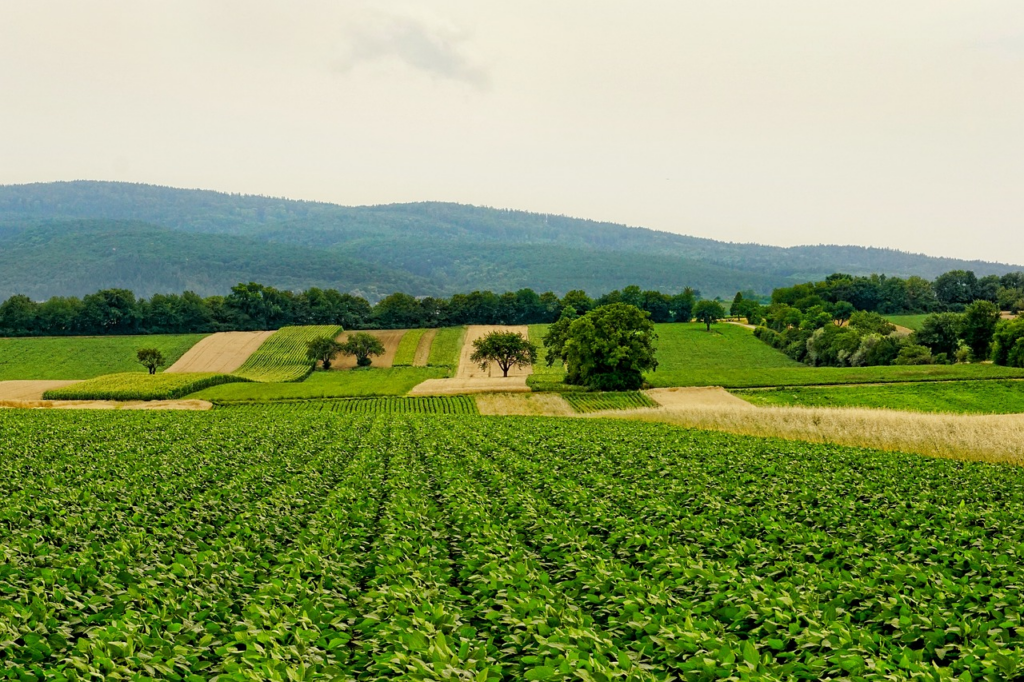
Image for illustrative purposes only. Credit: Pixabay
The discovery of the nitroplast offers exciting potential for agricultural innovations. The ability to engineer nitrogen-fixing organelles into plant life could revolutionize farming practices by reducing the need for synthetic fertilizers. Dr. Coale expressed optimism about these possibilities: “This system is a new perspective on nitrogen fixation, and it might provide clues into how such an organelle could be engineered into crop plants”.
Such advancements could lead to more sustainable agricultural practices, reducing the environmental impact of farming and enhancing food security. The research team’s findings provide a new avenue for exploring how to harness natural biological processes to improve crop yields and resilience.
Read More: Dinosaur ‘Mummy’ Is So Well-Preserved It Even Has The Skin And Guts Intact
The Evolutionary Significance
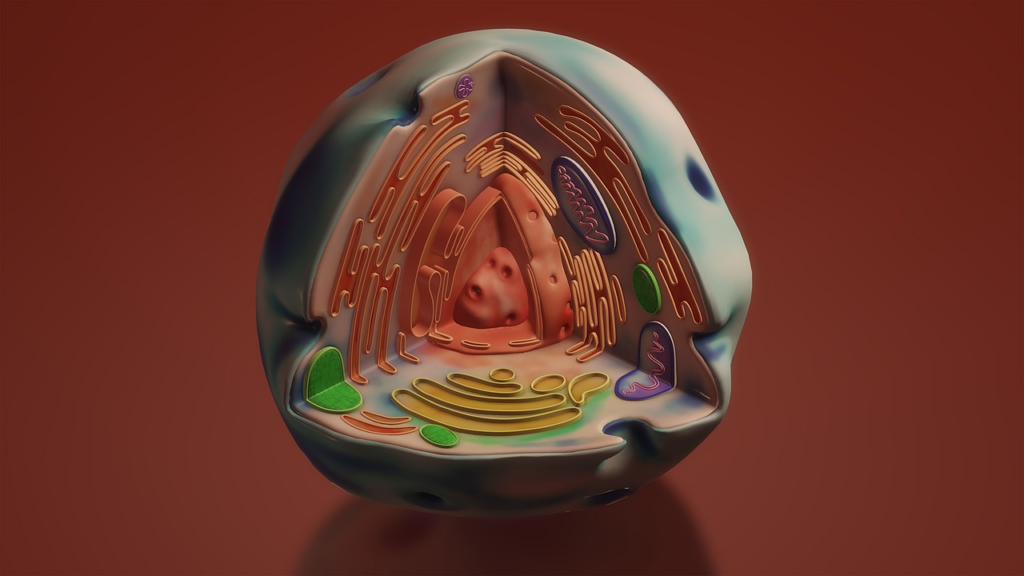
The formation of new organelles through endosymbiosis represents a major moment in the evolution of complex life. Mitochondria formation enabled eukaryotic cells to efficiently produce energy. Chloroplasts allowed plant life to harness solar energy through photosynthesis. This third event, resulting in the nitroplast, underscores the ongoing potential for evolutionary innovation through symbiotic relationships.
Dr. Zehr remarked on the broader implications of this discovery: “It’s kind of like this magical jigsaw puzzle that actually fits together and works”. The discovery of the nitroplast not only provides insight into the past evolution of life on Earth but also suggests that similar evolutionary innovations could occur in the future.
Future Research Directions
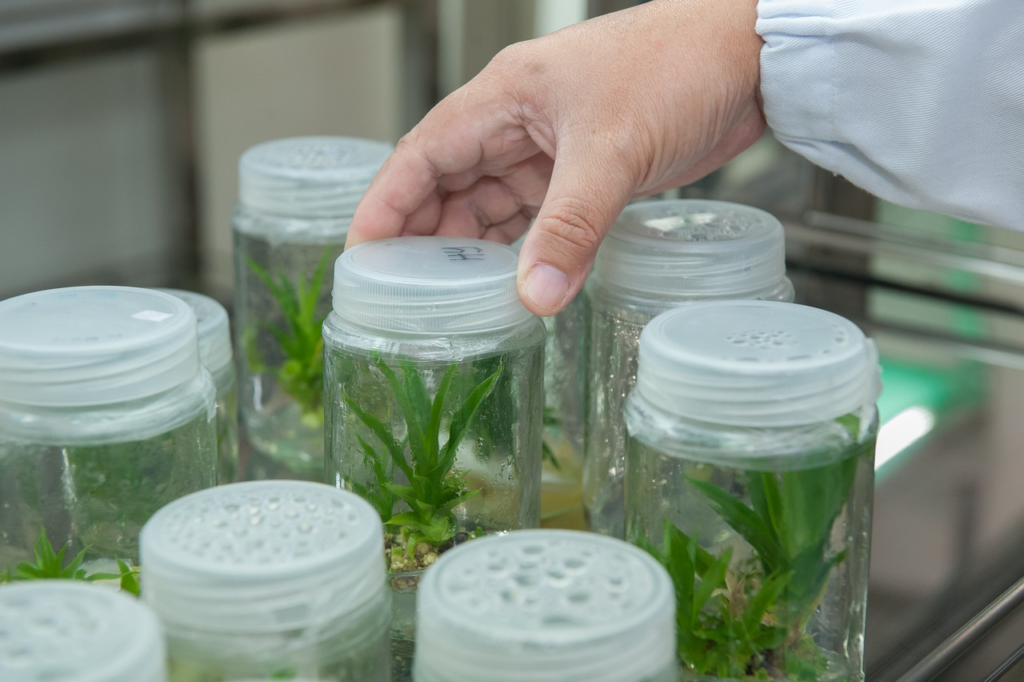
The discovery of the nitroplast opens up new research avenues. Scientists are keen to explore whether other similar events have occurred and if there are other organisms with comparable symbiotic relationships waiting to be discovered. This line of inquiry could reveal more about the mechanisms of cellular evolution and the potential for future biological innovations.
Moreover, understanding the detailed functioning of the nitroplast could lead to practical applications in biotechnology and agriculture. Researchers are already considering how to apply this knowledge to develop crops that can fix their own nitrogen, which would be a groundbreaking advancement in agricultural science and plant life.
Conclusion
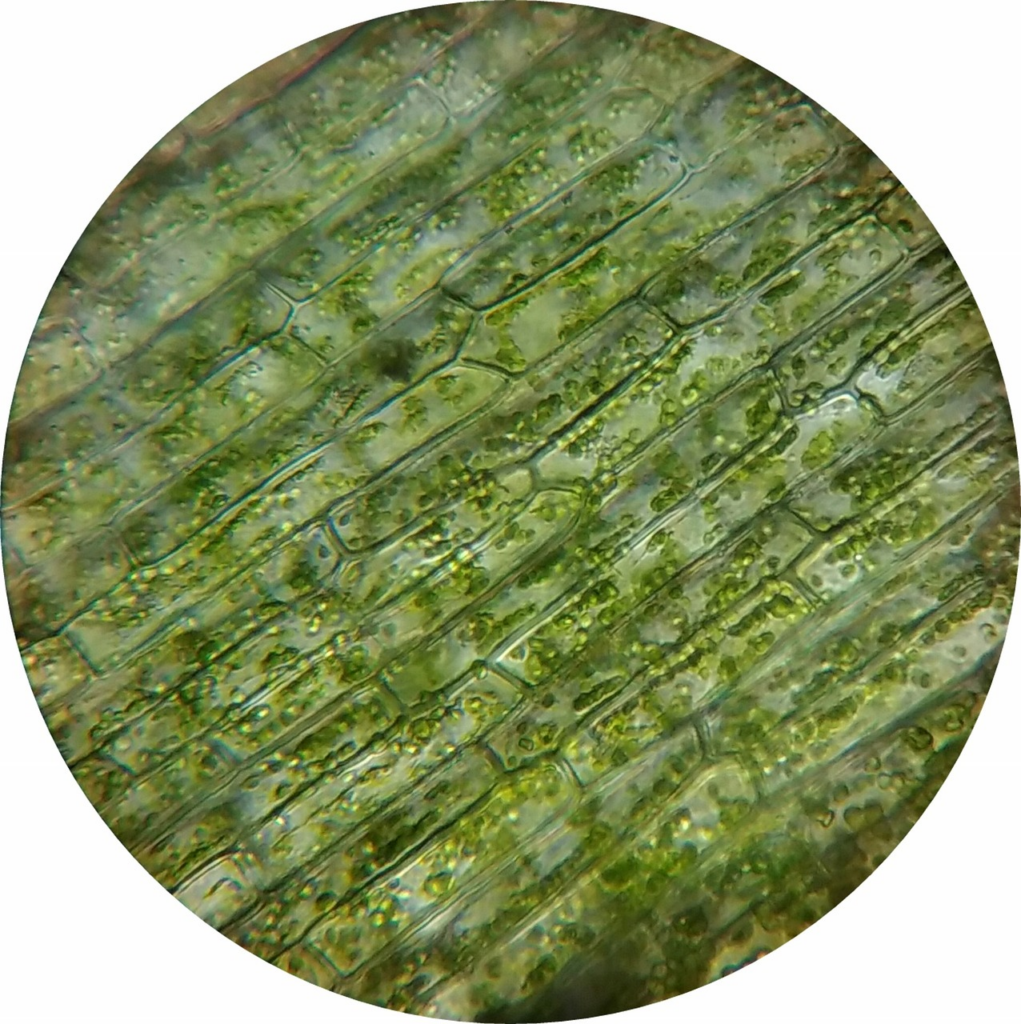
Image for illustrative purposes only. Credit: Pixabay
The recent observation of a once-in-a-billion-year event, akin to those that gave rise to mitochondria and chloroplasts, marks a significant milestone in biological research. The formation of a new nitrogen-fixing organelle within an algal host not only provides profound insights into the evolution of complex plant life but also holds promising implications for future agricultural practices. As scientists continue to unravel the complexities of this symbiotic relationship, the potential for revolutionary advancements in biotechnology and sustainable farming becomes increasingly tangible.
Read More: Fragments of an Ancient Lost Continent Have Been Discovered in the Canadian Arctic
Sources
- “Extremely rare once-in-an-eon event that gave Earth plants has happened again.” Unilad. Kit Roberts. April 22, 2024.
- “The Once-In-An-Eon Event That Gave Earth Plants Has Happened Again.” IFL Science. Laura Simmons. April 22, 2024.
- “Metabolic trade-offs constrain the cell size ratio in a nitrogen-fixing symbiosis.” Cell. Francisco M. Cornejo-Castillo, et al. march 11, 2024.